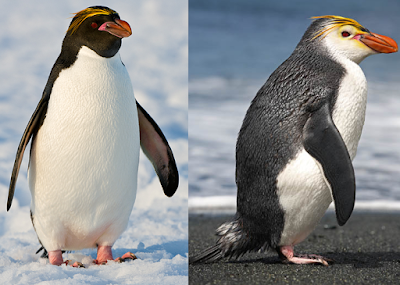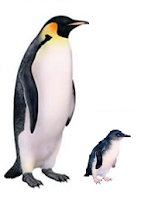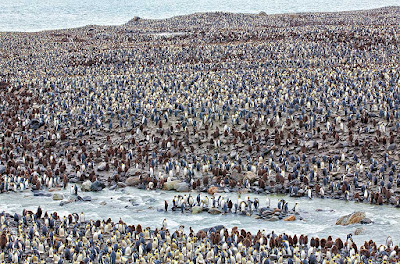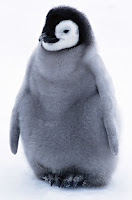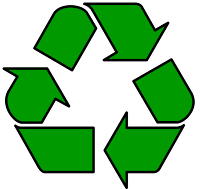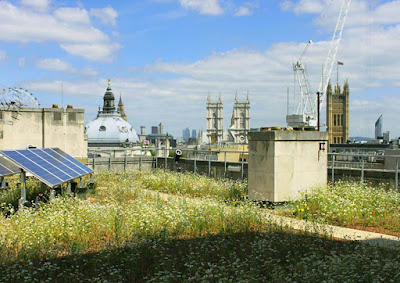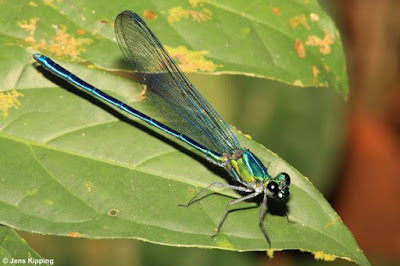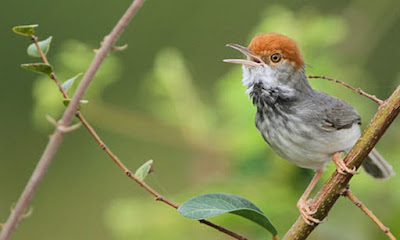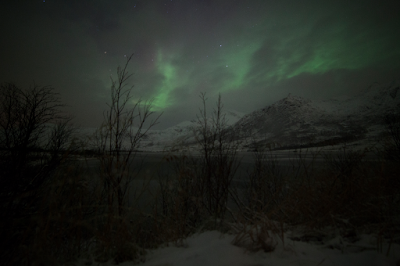When discussing species and conservation efforts to protect them, it is not always good news. Rarely do you see such impressive recoveries like the UK polecat population is currently undergoing.
European polecats (Mustela putorius) are part of the mustelid family and are related
to weasels and stoats. They are native to the UK but were almost made extinct here due to persecution. Polecats can be identified by the mask-like pattern of dark and light fur on
their face. They are elusive animals that can be found in a wide range of
habitats and can sometimes be spotted crossing roads, particularly
at night.
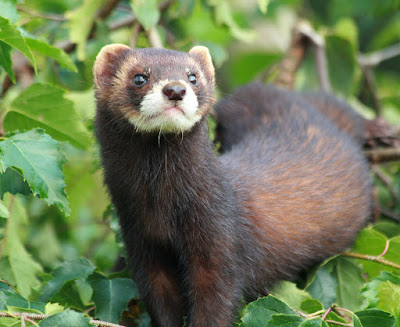 | |
| Polecat - Photo by Lily Mendes |
The UK
population of polecats was historically decimated in order to protect poultry and
game birds such as pheasants. As a result of this, in the early 20th
Century, polecats could almost only be found in mid-Wales. Due to a decline in the numbers of
gamekeepers and also through legal protection, the persecution of polecats has
gradually diminished, allowing the population to recover.
A recent survey shows that polecats are re-colonising and are turning up in areas where
they haven't been seen for over 100 years. They have moved east into Norfolk and Suffolk, and also into South
Yorkshire. A population that was introduced into Cumbria in the 1980s
is continuing to thrive.
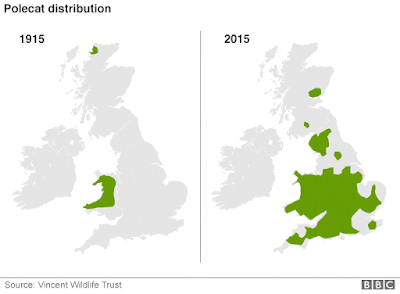 |
| The results of the survey show a dramatic increase in polecat distribution. |
This is especially good news as elsewhere in Europe there has been an unexplained decline in the population of polecats, whereas they previously did very well on the continent.
Although the
polecat is recovering, it is still
rare or absent in many parts of the UK. They are capable of
travelling long distances and current research is lacking so it is unknown as to whether roads hinder
their progress. Many are hit by cars in collisions and the increasing use
of concrete central reservations in large roads can be a major
physical barrier that is thought to make it difficult for them to cross.
Another issue faced is the hybridisation of polecats with feral
ferrets that may be affecting the true polecat population in some
areas. The hybrids usually have pale fur on their paws, white chest
patches and more substantial pale face markings.
However conservationists are optimistic, and it is expected from the current trend that over the next 25 years their numbers will continue to increase and they will re-colonise the areas they were once native to.
More information can be found at The Vincent Wildlife Trust.



